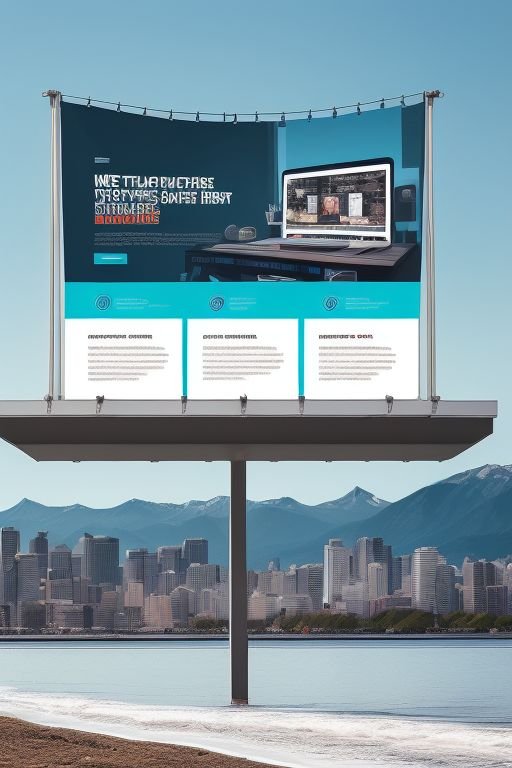Welcome to our blog post on where to consider inserting calls-to-action throughout your blog post.
Calls-to-action (CTAs) are an essential part of any blog post as they help guide your readers towards taking a specific action.
Whether it’s signing up for a newsletter, downloading a resource, or making a purchase, strategically placing CTAs can greatly impact the success of your blog post and ultimately your business.
When it comes to creating effective CTAs, it’s important to consider the placement within your blog post.
While it may be tempting to simply include a CTA at the end of your post and hope for the best, taking a more strategic approach can yield better results.
By strategically placing CTAs throughout your blog post, you can capture your readers’ attention at various points and increase the likelihood of them taking the desired action.
One effective strategy is to include a CTA within the introduction of your blog post.
This is the first section that your readers will encounter, and it’s crucial to make a strong impression from the very beginning.
By including a CTA within the introduction, you can immediately engage your readers and encourage them to take action.
For example, if your blog post is about a new product or service that your business is offering, you can include a CTA in the introduction that prompts readers to learn more or sign up for a free trial.
This not only grabs their attention but also sets the tone for the rest of the post, making it clear that there is a specific action you want them to take.
In addition to the introduction, there are several other key points within your blog post where CTAs can be strategically placed.
One effective location is within the body of the post, specifically after providing valuable information or insights.
By placing a CTA immediately after sharing valuable content, you can capitalize on the reader’s engagement and encourage them to take the next step.
For example, if your blog post is about a specific topic and you provide in-depth information or tips, you can include a CTA at the end of that section that prompts readers to download a related resource or sign up for a webinar.
This not only adds value to the reader’s experience but also provides them with an opportunity to further engage with your brand.
Another effective location for CTAs is towards the end of your blog post.
By this point, your readers have likely gained valuable insights and are more likely to be receptive to taking action.
Including a CTA at the end of your post can serve as a final push to encourage readers to take the desired action, whether it’s making a purchase or contacting your business.
placing CTAs inside your blog post is essential for maximizing the impact of your content.
By including CTAs in the introduction, body, and conclusion of your blog post, you can guide your readers towards taking specific actions and ultimately drive the success of your business.
The Importance of Calls-to-Action
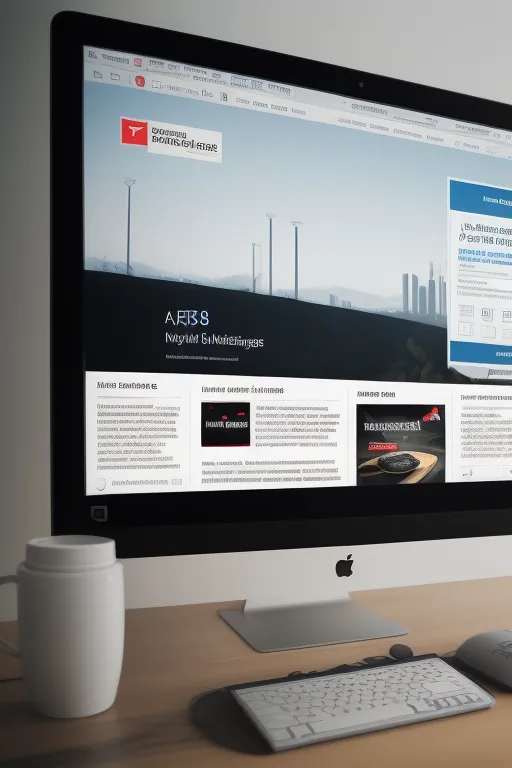
Before we dive into where to place CTAs, let’s first understand why they are important. CTAs serve as a direct invitation to your readers to take the desired action.
They provide a clear direction and help guide your audience towards the next step in their customer journey.
CTAs not only help drive conversions but also contribute to lead generation, customer engagement, and overall business growth.
Always try to place ad on the best position to capture your readers’ attention at the right moment and increase the chances of them taking the desired action.
When it comes to online marketing, the ultimate goal is to convert website visitors into customers, and CTAs play a crucial role in achieving this objective.
Without a well-placed and compelling CTA, your website visitors may leave without taking any action, resulting in missed opportunities for your business.
CTAs act as signposts that guide your readers towards the next step in their journey, whether it’s signing up for a newsletter, downloading an ebook, making a purchase, or contacting your sales team.
They create a sense of urgency and encourage immediate action, increasing the likelihood of conversion.
Moreover, CTAs also serve as valuable lead generation tools. By prompting your visitors to provide their contact information in exchange for valuable content or offers, you can capture leads and build a database of potential customers.
This enables you to nurture these leads over time and turn them into loyal customers.
Customer engagement is another area where CTAs play a significant role.

By incorporating interactive elements into your CTAs, such as quizzes, polls, or surveys, you can encourage your audience to actively participate and engage with your brand.
This not only helps you gather valuable insights but also creates a memorable and interactive experience for your customers.
Overall, CTAs are an essential component of any successful marketing strategy.
It provide a clear call to action, guide your audience, drive conversions, generate leads, and foster customer engagement.
By understanding the importance of CTAs and strategically placing them throughout your content, you can maximize the effectiveness of your marketing efforts and achieve your business goals.
1. Above the Fold
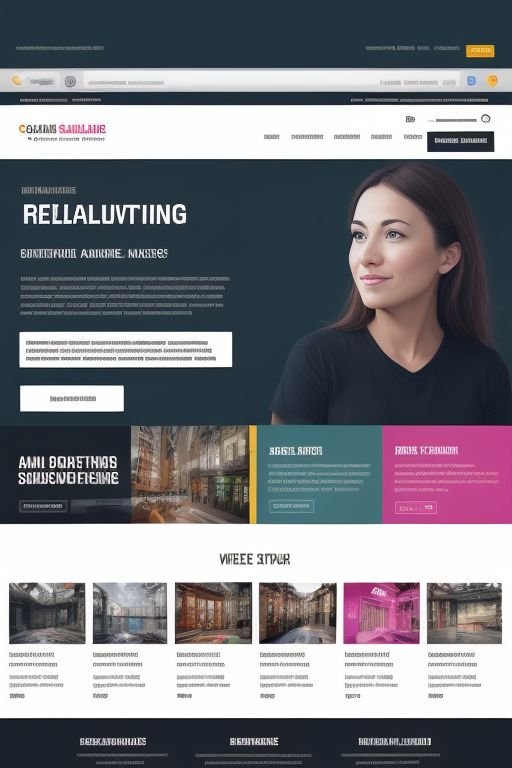
One of the most effective places to insert a CTA is above the fold.
This refers to the portion of your blog post that is visible to the reader without scrolling.
Placing a CTA here ensures that it is immediately visible to your audience and increases the likelihood of them engaging with it.
Consider using a visually appealing CTA button or banner that stands out from the rest of the content.
Use persuasive language that clearly communicates the benefit of taking the desired action.
For example, if your blog post is about a new product launch, your CTA could be “Get Early Access Now” or “Sign Up for Exclusive Updates.”
When designing your CTA, it’s important to consider the overall layout and design of your blog post.
The CTA should be placed strategically, taking into account the flow of the content and the reader’s natural reading pattern.
Placing it at the top of the page, where it is easily visible, ensures that it captures the reader’s attention right away.
In addition to the placement, the design of the CTA is crucial in attracting the reader’s attention.
Using contrasting colors, bold fonts, and eye-catching graphics can help make the CTA stand out from the rest of the content.
It should be visually appealing and easily distinguishable from the surrounding text.
Furthermore, the language used in the CTA should be compelling and persuasive.
It should clearly communicate the benefit of taking the desired action and create a sense of urgency or excitement.
By using action-oriented words and phrases, such as “Get,” “Sign Up,” or “Exclusive,” you can motivate the reader to click on the CTA and take the desired action.
When creating a CTA, it’s essential to align it with the goals of your blog post and the overall purpose of your website.
If your blog post is promoting a specific product or service, the CTA should be directly related to that offering.
This ensures that the CTA is relevant to the reader and increases the likelihood of them converting.
Finally, it’s important to test and optimize your CTAs to ensure their effectiveness.

A/B testing different designs, placements, and language can help you identify the most effective CTA for your audience. By analyzing the data and making data-driven decisions, you can continuously improve your CTAs and maximize their conversion rates.
Another effective placement for CTAs is within the content itself.
As your readers are engaged and actively consuming your blog post, strategically inserting CTAs can prompt them to take action without interrupting their reading experience.
You can place CTAs at relevant points in the content where it makes sense to offer additional resources or related products/services.
For example, if you’re writing a blog post about email marketing, you could include a CTA within the content offering a free email marketing guide or a link to your email marketing software.
Make sure the CTA is clearly distinguishable from the rest of the text, either by using a different font style, color, or by enclosing it in a box or button.
Use compelling copy that entices the reader to click on the CTA and learn more.
However, it’s important to strike a balance when placing CTAs within the content. While they can be effective in driving conversions, overusing them can be intrusive and disrupt the flow of the article.
The key is to strategically place CTAs in a way that adds value to the reader and complements the content.
One approach is to align the CTA with the topic being discussed in the content.
This ensures that the CTA feels natural and relevant to the reader. For example, if you’re writing a blog post about healthy eating, you could include a CTA within the content offering a free recipe book with nutritious meal ideas.
Another approach is to use CTAs to guide the reader through the content.
By strategically placing CTAs at key points in the article, you can encourage the reader to continue reading or explore related topics.
For instance, if you’re writing a guide on social media marketing, you could include CTAs within the content that lead the reader to more in-depth articles on specific social media platforms or advanced marketing strategies.
Additionally, it’s important to consider the length of your content when placing CTAs within it.
If your article is long and comprehensive, you can place multiple CTAs throughout to cater to different reader preferences.
This allows you to offer various options for further engagement, such as subscribing to a newsletter, downloading a relevant ebook, or signing up for a webinar.
Ultimately, the goal of placing CTAs within the content is to provide value to the reader while also driving desired actions.
By carefully selecting the placement, design, and copy of your CTAs, you can enhance the user experience and increase the likelihood of conversions.
3. At the End of the Blog Post
Placing a CTA at the end of your blog post is a common practice and can be highly effective.

By this point, your readers have consumed the entire content and are more likely to be interested in taking the next step.
Consider summarizing the key takeaways from your blog post and then providing a CTA that encourages readers to take action based on what they’ve learned.
For example, if your blog post is about healthy eating, your CTA could be “Download our free meal plan for a week of nutritious recipes.”
Make the CTA visually appealing and easy to spot. Use persuasive language that creates a sense of urgency or highlights the value of taking the desired action.
Additionally, you can include social sharing buttons at the end of your blog post.
This allows readers to easily share your content with their followers, increasing your reach and potentially attracting new readers to your blog.
Social sharing buttons can be placed alongside your CTA or in a separate section, depending on your design preferences.
Furthermore, consider including related posts or recommended articles at the end of your blog post.
This provides additional value to your readers by suggesting further reading on related topics.
It keeps them engaged with your blog and encourages them to explore more of your content.
Another effective strategy is to include a comment section at the end of your blog post.
This allows readers to share their thoughts, ask questions, and engage in discussions with you and other readers. It fosters a sense of community and encourages repeat visits to your blog.
Lastly, don’t forget to optimize your blog post for SEO at the end. Include relevant keywords in your conclusion and meta tags to improve your search engine rankings. This will help your blog post to be more easily discovered by people searching for related topics.
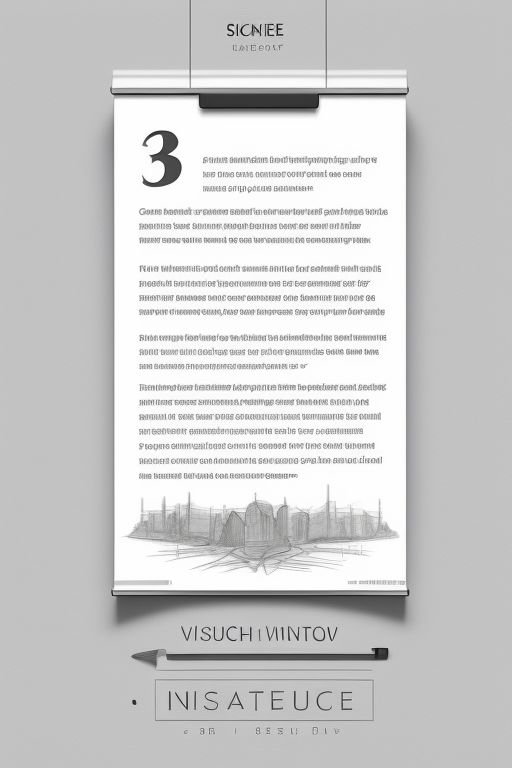
The end of your blog post is a crucial opportunity to engage your readers and encourage them to take action.
By incorporating a well-designed CTA, social sharing buttons, related posts, a comment section, and SEO optimization, you can maximize the impact of your blog post and drive further engagement with your audience.
4. In the Sidebar
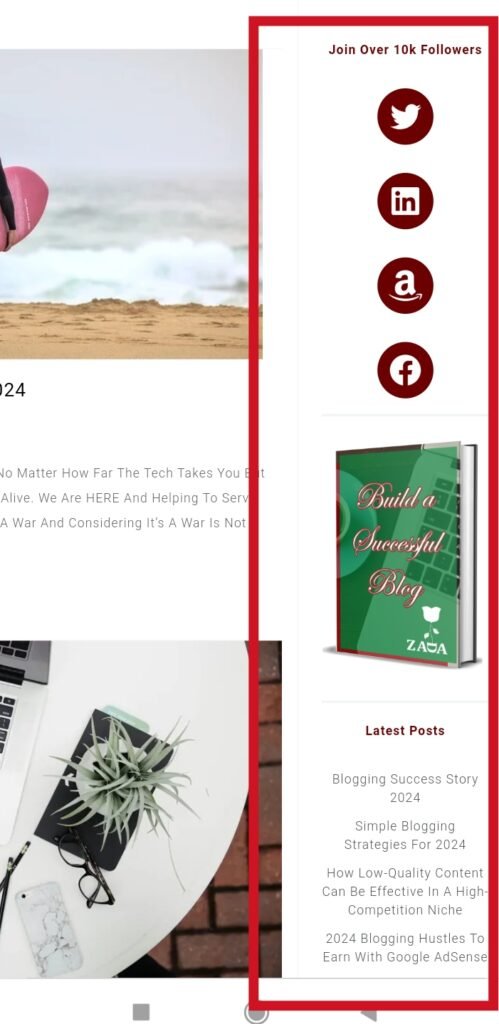
Another effective location to consider inserting CTAs is in the sidebar of your blog post.
The sidebar provides a consistent space where you can display relevant CTAs throughout your blog.
Use the sidebar to promote your newsletter, upcoming events, or other valuable resources.
You can also include CTAs for related products or services that align with the content of your blog post.
Make sure the CTAs in the sidebar are visually appealing and stand out from the rest of the content.
Use concise and compelling copy that clearly communicates the benefit of taking the desired action.
The sidebar is a valuable real estate on your blog that can help drive conversions and engage your readers. By strategically placing CTAs in the sidebar, you can capture the attention of your audience and encourage them to take action.
When designing your sidebar CTAs, consider using eye-catching graphics or icons that draw attention to the call-to-action.
This can help make your CTAs more visually appealing and increase the likelihood of them being clicked.
In addition to promoting your newsletter or upcoming events, you can also use the sidebar to showcase your latest blog posts or popular content.
This can help drive traffic to other parts of your website and keep your readers engaged.
Remember to keep the copy on your sidebar CTAs concise and compelling. Use strong verbs and action-oriented language to encourage your readers to take the desired action.
For example, instead of simply saying “Sign up for our newsletter,” you could say “Join our exclusive community and get access to insider tips and special offers.”
Lastly, don’t forget to regularly update your sidebar CTAs to keep them fresh and relevant.
If you have new products or services to promote, make sure to showcase them in the sidebar. By regularly refreshing your CTAs, you can ensure that your blog remains engaging and up-to-date.
5. In the Comments Section
While not as common as the previous locations, inserting CTAs in the comments section can be a creative way to engage your audience and encourage them to take action.
Consider adding a CTA at the end of your blog post asking readers to share their thoughts or experiences in the comments. This can help foster a sense of community and encourage engagement.
You can also use the comments section to promote related content or resources by including CTAs within your responses to reader comments. For example, if a reader asks a question related to a specific topic, you can respond with a CTA to a relevant blog post or guide.
Additionally, the comments section can be a valuable space to gather feedback and testimonials from your audience. By including a CTA asking readers to share their experiences or opinions, you can collect valuable insights that can be used to improve your products or services.
Furthermore, you can leverage the comments section as a platform for user-generated content. Encourage your readers to share their success stories or creative uses of your products, and include a CTA prompting them to do so. This not only provides social proof but also encourages others to engage with your brand and potentially convert into customers.
Moreover, consider using the comments section to address any concerns or questions raised by your audience. By responding to comments with helpful and informative CTAs, you can guide readers towards additional resources or support channels, ultimately strengthening their trust in your brand.
Lastly, don’t underestimate the power of engaging with your audience directly in the comments section. By actively participating in conversations, acknowledging and appreciating reader contributions, and using CTAs to encourage further discussion, you can build strong relationships with your audience and establish yourself as an authority in your niche.

